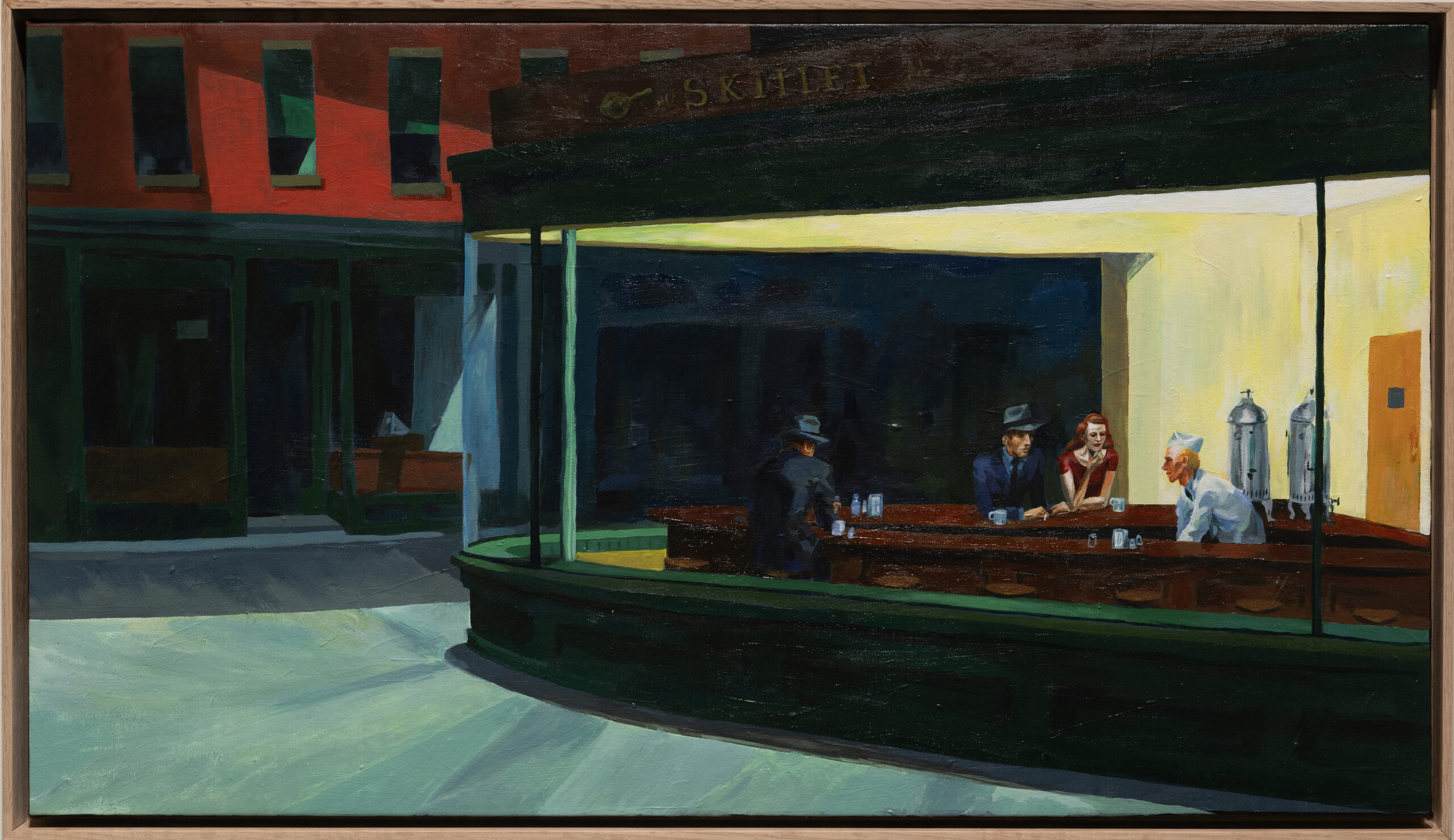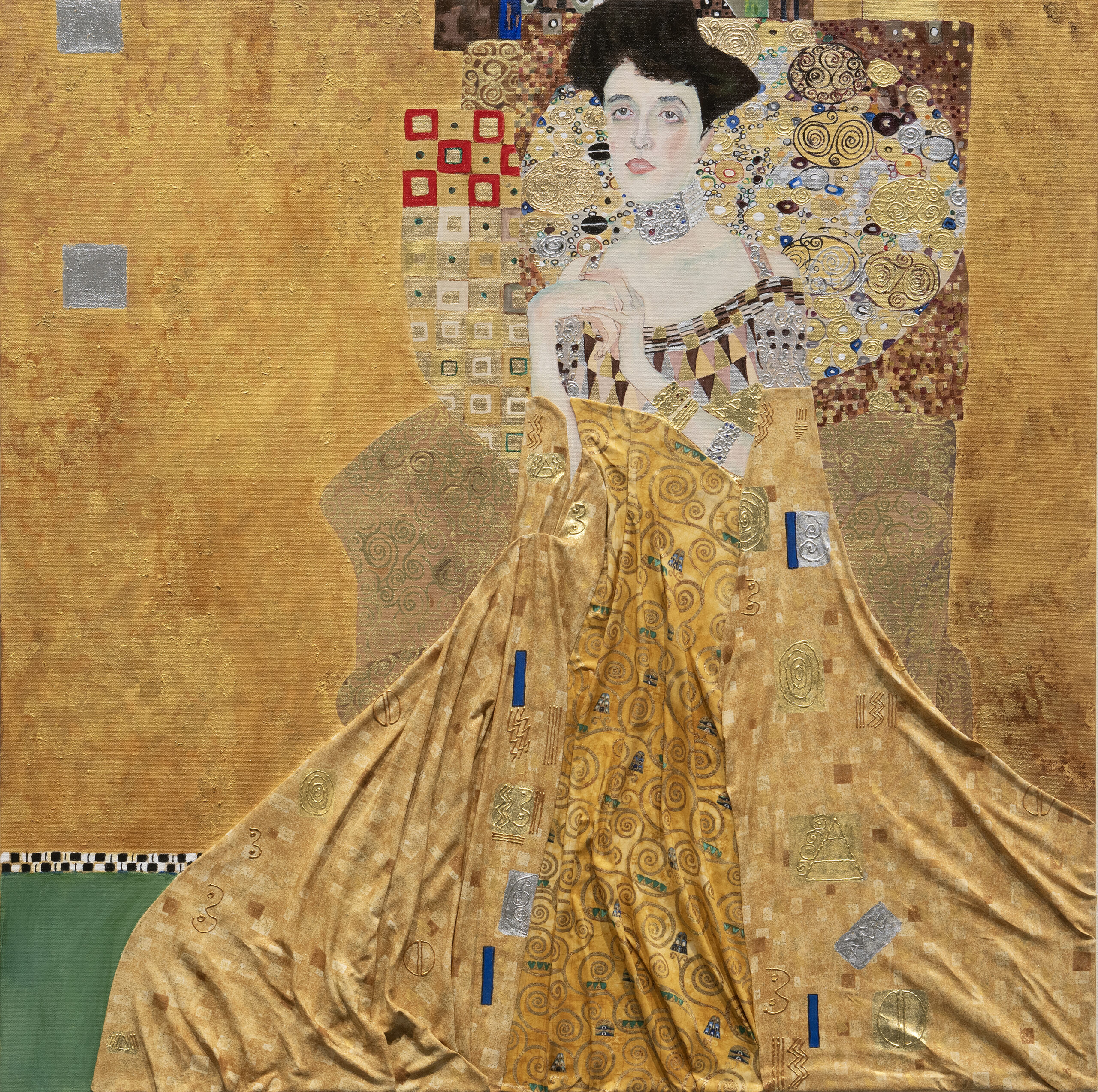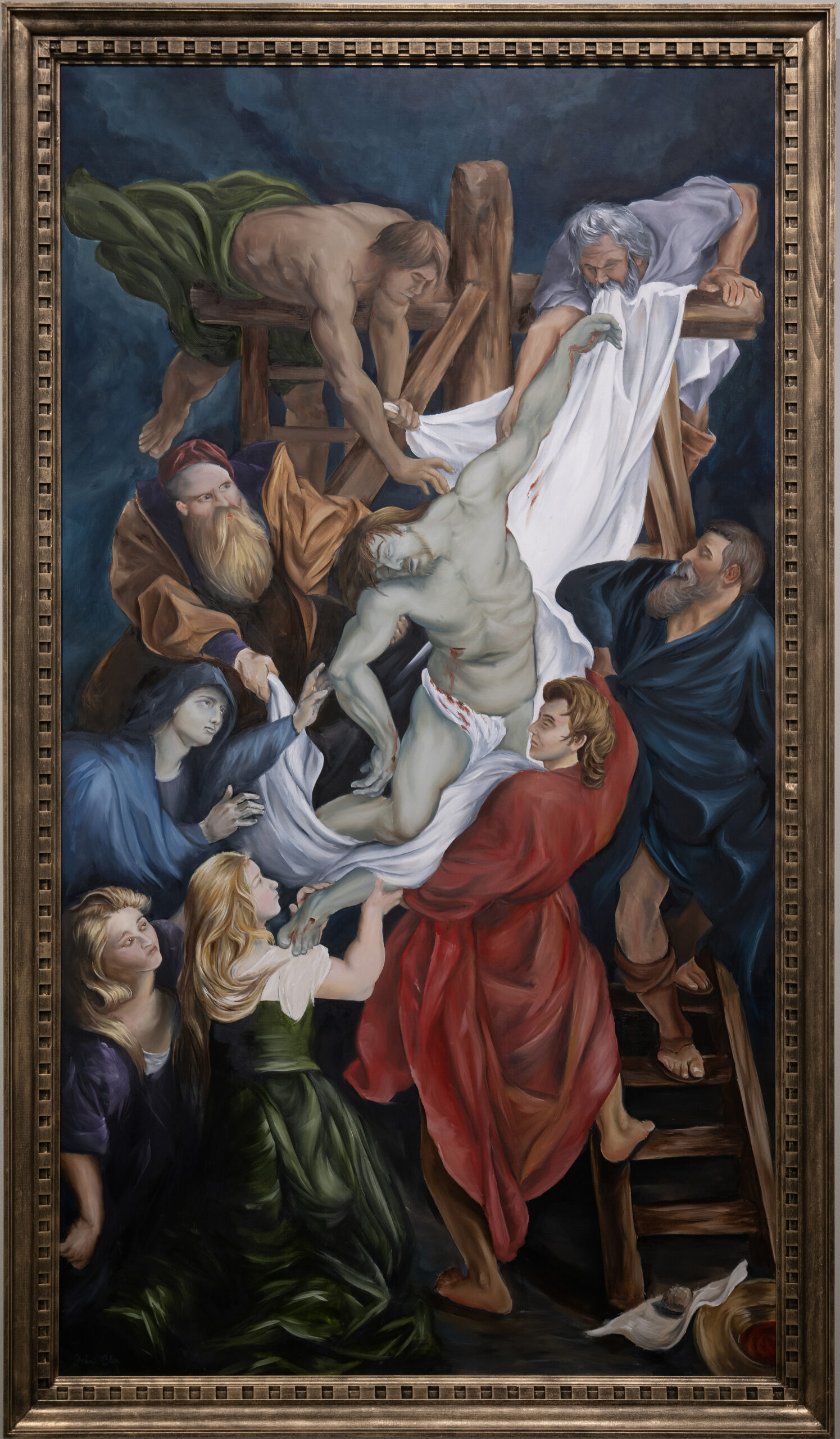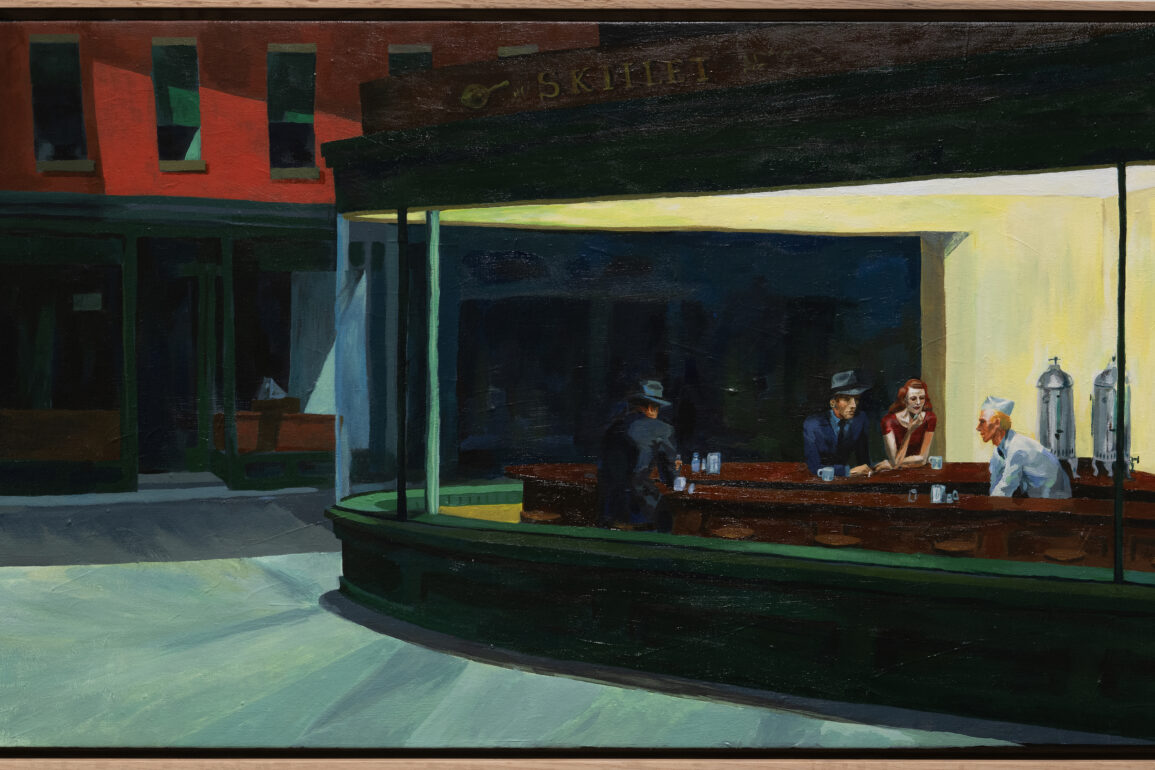
Claims of forgery typically land art institutions and museum staff in hot water. Unless you’re the Spartanburg Art Museum in South Carolina, that is, which is once again using fakes to fund operational and educational initiatives, free admission and studio spaces.
Copies are the bread and butter of the museum’s biannual Counterfeit sale, where forgeries of works by greats like Andy Warhol, Paul Gauguin and Carleton Watkins painted by regional artists go on the block. Proceeds from this year’s Feb. 22 event will be split between the contemporary art museum and the participating artists.
“Some of them put a twist on it, which has been pretty fun,” Alix Refshauge, the museum’s interim director, told Observer. First held online during the Covid-19 pandemic in 2021, Counterfeit is expected to bring in around $30,000 in 2024.

Participating artists, many of whom also contributed to the 2021 auction, were able to select which works they wanted to imitate. “Some of them really did try to copy them,” said Refshauge, while others incorporated original elements “that made it a little bit more local, more fun.”
Cathryn Judice’s take on Edward Hopper’s 1942 Nighthawks, for example, renamed the painting’s iconic diner after a Spartanburg restaurant called the Skillet. And for a version of Georgia O’Keeffe’s 1929 Black Cross, New Mexico, Isabel Forbes changed her painting’s title to Black Cross, Pretty Place in reference toa chapel in upstate South Carolina.
Other paintings incorporate personal touches. A gold-flecked and three-dimensional take on Gustav Klimt’s 1907 Portrait of Adele Bloch Bauer I by Annette Giaco pays homage to her late husband, who was an avid fan of the famed artist. Amy Holbein, meanwhile, interpreted a Marc Chagall piece found in her own art collection—the artist’s 1989 M. 829 Eupeithes. Both the original and counterfeit pieces are on display side by side in the Spartanburg Art Museum, according to Refshauge.
Counterfeit lets artists try new techniques




The Counterfeit auction also provided artists the opportunity to challenge themselves with new mediums and techniques. An eight-foot-tall version of a Peter Paul Rubens painting by Johni Bleu represented the portraitist’s first time experimenting with oil paint. “He saw the opportunity to make a huge work of art to hang in this museum and he just took on this ambitious project,” said Refshauge. The artist also built a custom frame for the work, which is a copy of Rubens’ 17th-century Descent from the Cross.
“It’s been really fun to see the artists that have come in, the work they brought and why they’ve done the work— the things that inspire them from working on a piece of art from their favorite artist or someone they’ve really looked up to,” said Refshauge. “It’s a challenging thing to tackle, to copy a painting.”
This post was originally published on this site be sure to check out more of their content






